6 Sonates from "Prototypes" (Paris 1775) for Violin and Continuo
-
Ships in 3 to 4 weeks
Details
Description
SKU: UT.CSS-74
Composed by Michel Corrette. Edited by Eloise Ameruoso. Saddle stitching. Classical. Score and Parts. Ut Orpheus #CSS 74. Published by Ut Orpheus (UT.CSS-74).ISBN 9790215324268. 9 x 12 inches.
Michel Corrette (Rouen, 1707 - Paris, 1795), besides being a brilliant organist and a prolific composer, dedicated most of his life to teaching and founding a music school that, year after year, became more and more important not only in Paris but throughout France. It was for this reason that he wrote many fundamental works and teaching methods for a variety of instruments in order to make learning easier for students. These texts were so well-received by the public that many of them were frequently reprinted.
Among the works written for the harpsichord are to be found, in order of print, Les Amusements du Parnasse (1749), Le Maître de Clavecin (1753) and Prototypes, published one year later, which includes in the appendix two sonatas for violin (or recorder or pardessus de viole) and thoroughbass. The latter was reprinted twice: in the second edition of 1762, it was enriched by four additional sonatas as a supplement to the first two. In the 1775 edition three famous ariettas by the Italian composers, Pergolesi, Galuppi and Rinaldo di Capua have been added with a violin and thoroughbass accompaniment, not only to implement the music lessons learnt but probably also to recreate interest in the opera.
The peculiarity of this treatise, which distinguishes it from more authoritative ones, is that of having inserted whole sonatas with the "[figured] basso, created [by the author] to guide beginners". It represents an excellent resource to understand the means of accompanying in Corrette’s time and the execution of the thoroughbass in the second half of the 18th century in France.
These sonatas are the faithful transcriptions of the only original existing edition in the world today, published by the author in Paris and conserved in the Newberry Library of Chicago.
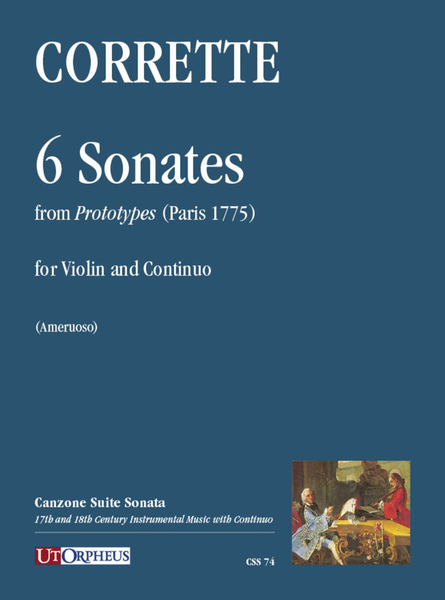
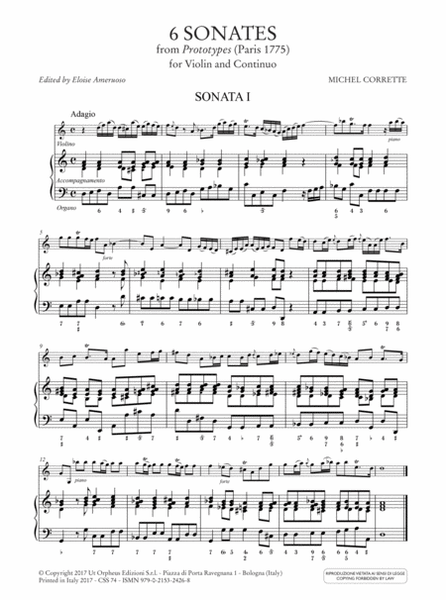
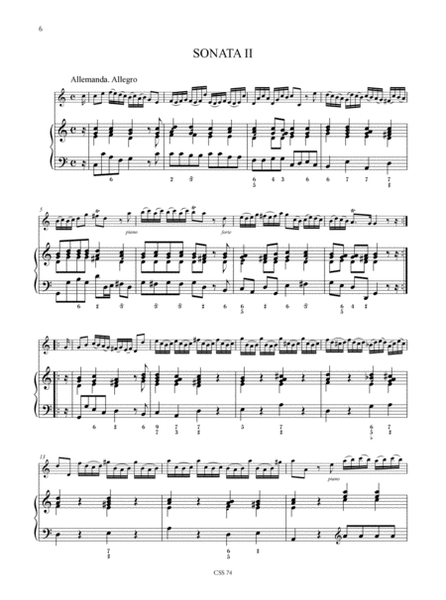
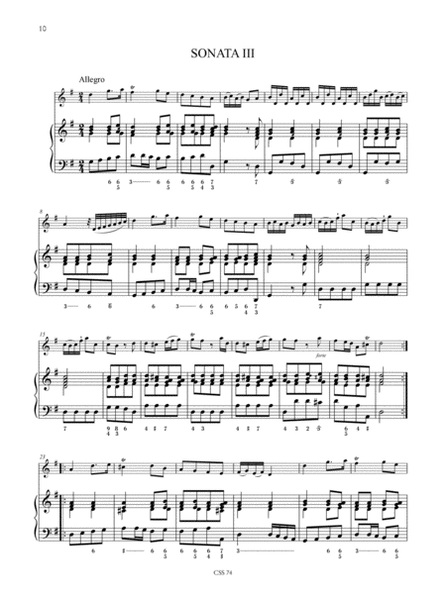
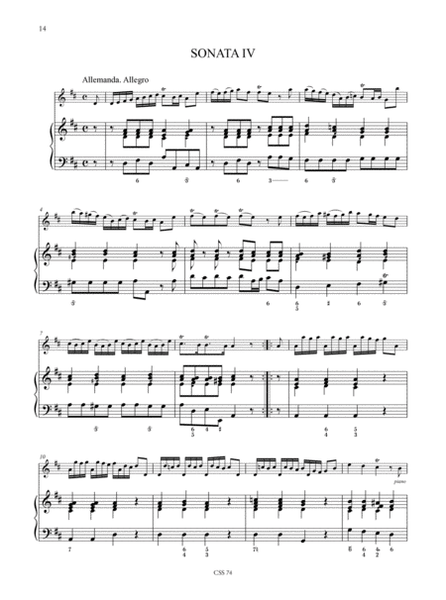
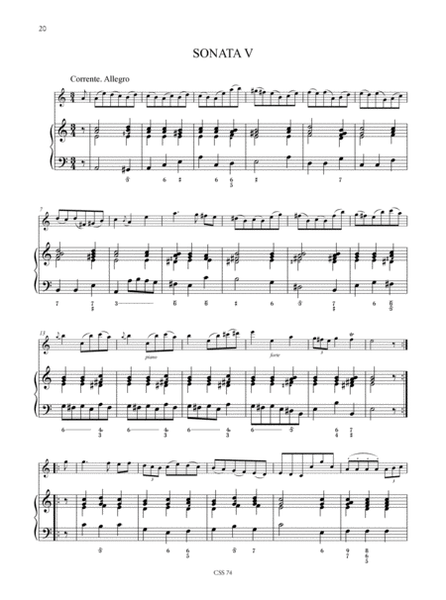
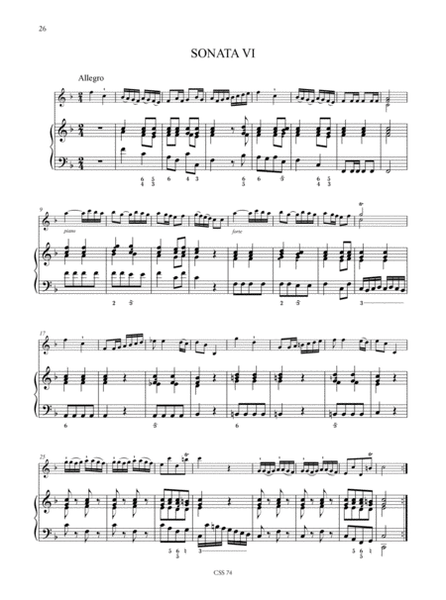
 Share
Share